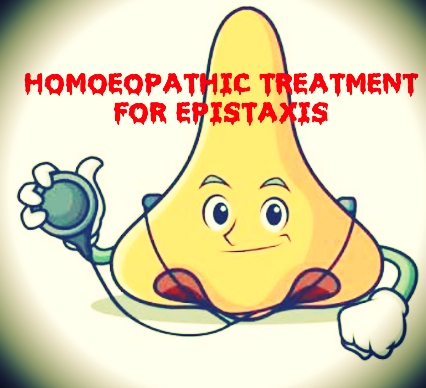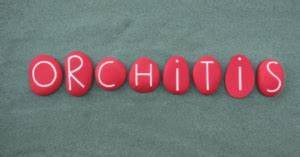EPISTAXIS and it’s HOMOEOPATHIC THERAPEUTICS :
Epistaxis is also known as acute hemorrhage or nose bleed is a medical condition in which bleeding occurs from the nasal cavity of the nostril.
TYPE OF EPISTAXIS :
Nosebleed or epistaxis can be classified according to their site of origination – anterior and posterior.
1. Anterior nosebleed is common and does not require medical attention.
2. Posterior nosebleed is rare and requires immediate medical care.
CAUSE Of EPISTAXIS :
The major factors that cause epistaxis are broadly categorized under
Local factors – fracture due to a sharp blow, or nose-picking, etc.
General factors – Nosebleed generally starts from just inside the entrance of the nostril, on the middle harder part of nasal septum. Blood vessels of this region being fragile, rupture easily and begin to bleed.
The factors causing nosebleed are:
✓ Structural or anatomical deformities like hereditary hemorrhage.
✓ Nasal sprays and prolonged usage of nasal steroids (particularly prolonged or improper use of nasal steroids).
✓ Middle ear barotrauma due to sudden change of pressure.
✓ Surgery such as functional endoscopic sinus surgery.
✓ Exposure to warm, dry air for prolonged periods of time.
✓ Allergic rhinitis.
✓ Deviated or perforated nasal septum.
✓ Cocaine use.
✓ Infectious disease (cold) or high blood pressure.
✓ Connective tissue disease.
✓ Certain drugs like aspirin, warfarin, isotretinoin, etc.
✓ Pregnancy (rare, due to hypertension and hormonal changes).
✓ Vascular disorders.
✓ Vitamin C and vitamin K deficiency.
HOMOEOPATHIC THERAPEUTICS FOR EPISTAXIS :
• Agaricus – Epistaxis in old people, of a passive character while blowing the nose in early morning. Blood is foetid.
• Ammonium carb – Epistaxis every morning on washing face, after dinner, after sneezing. Epistaxis with dry coryza, especially at night, without the slightest air passing through, when stopping blood rushes to tip of nose.
• Arnica – Epistaxis after mechanical injury, whooping cough, typhus, etc. Nosebleed in growing children discharge of several drop of thin blood, blood bright – red mixed with clot and leaving the bruished sensation behind.
• Belladonna – Nosebleed in little children at night, with congestion to head blood flow freely, even from both nostrils,drop by drop.
• Bovista – Nosebleed with vertigo, evertime he blow nose drop of blood issue from it, or when sneezing.
• Bryonia– vicarious menstruation, in anemia patients blood florid.
• Calc carb – Frequent nd profuse nosebleed, almost to faintness more from right nostril, with obstracted nose.
• Cina – Nosebleed in children suffering from helminthiasis, constant desire to rub, pick or bore the nose.
• Cocculus – During pregnancy with hemorrhoidal complains
• Crocus – Discharge from one nostril of very tenacious, thick, string, black blood with cold sweat in lage drop in forehead.
• Crotalus – Epistaxis at onset or during the course of zymotic and septic diseases, especially diphtheria, blood which is thin, dark, and doesn’t coagulate.
• Ferrum – profuse and repeated bleeding, nostril continously full of clotted blood, specially in anemia person, blood is bright color with lumpy.
• Glonoinum – Epistaxis from sun heat, face flushed, hot and red, better in open air and during sleep.
• Hamamelies – Flow passive, non coagulable, with feeling of tightness at the bridge of nose, profuse specially in young girls.
• Lachesis – Nosebleed, bright red or dark, persistent, with headache, from blowing nose.
• Mercurius– Bleeding preceded by pressure around the head as from a band, from coughing and during sleep, blood hangs down like a black strick.
• Pulsatila – Nosebleed from suppressed menses blood partially fluid and partially clotted wrost from going in the warm room.








Hello,nice share.